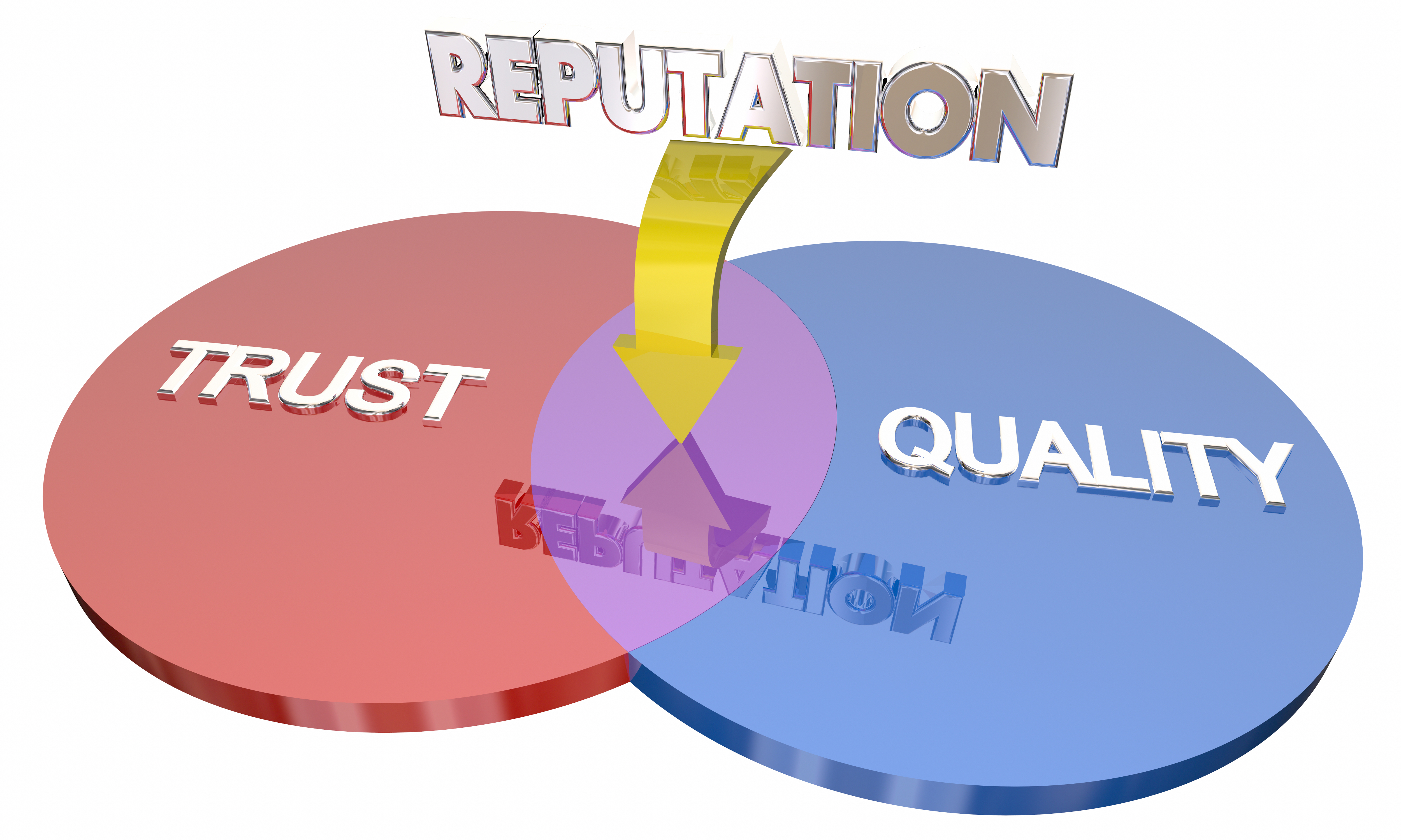e. Never Assume Anything: Phrases like “You Know What To Do,” “Sing Your Song at the Beep,” and others mentioned above are awful to leave in your greeting. For the sake of universality and comprehensiveness, NEVER assume the caller knows what to do. Lay it out clearly. f. Leave a Message: This phrase, by itself, will not do. It’s imperative for users to identify themselves in their greetings. Callers need to know they’ve reached the right person. g. Disregard Lethargy: If you’re not excited about your greeting, why would anyone else be? Never display a lack of enthusiasm in your greeting as it could turn callers off to both you and your business. h. Speak Clearly and Never Slur: Callers need to understand your every word; therefore, mumbling, slurring, and all other detractions of speech should never be recorded. d. Be Creative Without Sacrificing Quality: Callers know how voicemails work–i.e. leave a number, message, etc. While you want to be clear, it’s important not to be contrive or redundant with your message. Creativity can help users to differentiate themselves, as well as intrigue callers. While users should avoid the tropes of creativity listed above, it’s definitely good to think outside the box. That being said, scripting and practice can help users to experiment more with their greeting–ultimately allowing for more unique and creative approach. e. Speak With Diction: It’s important to present one’s self as an authority without alienating callers. As such, it’s crucial to articulate and speak with clear diction. “ if your voice recording has you stumbling over words and speaking haltingly, it does not convey confidence and competence,” states Ron Sellers of Grey Matter Research & Consulting. Remember, this greeting represents you; therefore, you want to appear collected and professional, as well as welcoming. To do this, one must carry themselves well through their recorded message. f. Account for Timeliness: Your message should be concise. No caller wants to be sitting through a rant/diatribe of redundant statements. Your greeting should flow without dragging. Inversely, one doesn’t want to be terse, either. Engage callers with a simplified approach laden with creativity. h. Account for Quality: Aside from speaking clearly, users want to eliminate any noise in the surrounding environment. The quality of the greeting is just as important as what’s being said in the greeting itself. As such, one doesn’t want to undermine a great message with poor quality. i. Courtesy, Tastefulness, & Tact: This is pretty self-explanatory and straight forward–NEVER be rude. Being light-hearted and humorous is very different from being obnoxious and/or abrasive. Again, these tools can be helpful if utilized properly, but not everyone perceives humor the same way. So play it safe. The last thing your voicemail greeting should do is offend a caller. k. Provide Options: if you’re part of a bigger company, it might be good to offer caller options. For example, allow a menu to defer callers to a colleague or co-worker in your absence. This can help show callers you care about their well being. Another option might be offering different modes of communication–i.e. email, fax, etc. In offering users diversity, contact may be much easier to maintain.
7.) Benvenuti all’ufficio legale John Doe. Ci scusiamo, ma al momento non possiamo rispondere personalmente alla vostra chiamata, perché state chiamando durante le nostre vacanze annuali. Non esitate a inviarci una e-mail a: [email protected] – Vi contatteremo al più presto possibile al nostro ritorno. Per casi urgenti, vi preghiamo di contattare i nostri responsabili d’ufficio. Potete trovarli sul nostro sito web: www.lawoffice-johndoe.de. Grazie per la vostra chiamata – Arrivederci. Professional Voicemail Script For Businesses How To Delete Your Voicemail Greeting Verizon How To Create Professional Voicemail Greeting Close Project What Is Voicemail On My Phone
.
For a downloadable Quick Reference Guide to the voicemail phone menu, click here.
All of HubSpot’s marketing, sales CRM, customer service, CMS, and operations software on one platform. Free HubSpot CRM Overview of all products Marketing Hub Sales Hub Service Hub CMS Hub Operations Hub NEW App Marketplace Pricing Resources Resources Education Free Courses & Certifications Why HubSpot ? Services Onboarding & Consulting Services Partners & Developers About Start free or get a demo Start free or get a demo Log in Customer Support Marketing Sales Service Website Subscribe Subscribe via Email Email Address
The right way to leave your phone number is to start saying your phone number with your area code and then take a 2-3 second pause while the person listening to your voicemail message gets a pen and paper. Then, continue with the next 3 digits, make another 2 second pause, and then say the last 4 digits. Then, slowly repeat your phone number again.
22. Hello, this is [your name]. I’m currently away from my phone. I return calls on Tuesday and Friday at 10 a.m. Please leave a detailed message including your name and a callback number and I’ll get back to you as soon as I can.

Put some thought into your message before you hit “record.” It takes very little time to write a script for yourself to read as you record your greeting. Reading off a script eliminates unnecessary pauses, “ums” and “ahs.”
This is why a professional greeting is so important. Voicemail essentials: Identify yourself because you need to reassure the client that they have called the correct number. Clients will be a lot less likely to leave a message if they wonder who will get it. Use a warm friendly voice to say something like, “You have reached xxxx, licensed

As you can see by reading our article on how to write the best voicemail greetings, they’re a bit more complex than one might imagine. There are important elements that cannot be left out, as to do so could cost you valuable business contacts. We realize this, so have included a selection of more funny, professional, and personal greeting examples, in MS Word and PDF format. By using these voicemail greetings, you’ll be well on your way to craft a greeting that will be pleasant to hear, provide the correct information, as well as requesting the correct information.
Rehearse your greeting a few times before you press record. Plan your pauses and select natural places to take a breath. If you are recording directly into your phone don't hold it to your ear like you are talking on the phone. This can produce a muffled tone. Hold the phone out in front of you a few inches from your mouth for the clearest recording. This may require some trial and error. So playback your greeting and make necessary adjustments on your re-record.

Have a positive attitude while recording your voicemail greeting — it will carry through in your voice. If you find it difficult to convey positivity over a phone system, try smiling while you’re recording. (We promise, you will hear a difference.)
• Hello. This is XYZ. I am currently on the phone servicing another client. If you would please leave a message after the tone, and include your name and telephone number, I will return you call as soon as possible. Thank you for calling.

You can’t always get to the phone when clients, partners, investors, or colleagues call you. When this happens, a professional voicemail greeting helps you make a positive impression and tells them what to do next. There are a variety of ways to convey your message. If you’re not sure what type of message to record for your own voicemail box, here’s a definitive guide to get you started.
e. Never Assume Anything: Phrases like “You Know What To Do,” “Sing Your Song at the Beep,” and others mentioned above are awful to leave in your greeting. For the sake of universality and comprehensiveness, NEVER assume the caller knows what to do. Lay it out clearly. f. Leave a Message: This phrase, by itself, will not do. It’s imperative for users to identify themselves in their greetings. Callers need to know they’ve reached the right person. g. Disregard Lethargy: If you’re not excited about your greeting, why would anyone else be? Never display a lack of enthusiasm in your greeting as it could turn callers off to both you and your business. h. Speak Clearly and Never Slur: Callers need to understand your every word; therefore, mumbling, slurring, and all other detractions of speech should never be recorded. d. Be Creative Without Sacrificing Quality: Callers know how voicemails work–i.e. leave a number, message, etc. While you want to be clear, it’s important not to be contrive or redundant with your message. Creativity can help users to differentiate themselves, as well as intrigue callers. While users should avoid the tropes of creativity listed above, it’s definitely good to think outside the box. That being said, scripting and practice can help users to experiment more with their greeting–ultimately allowing for more unique and creative approach. e. Speak With Diction: It’s important to present one’s self as an authority without alienating callers. As such, it’s crucial to articulate and speak with clear diction. “ if your voice recording has you stumbling over words and speaking haltingly, it does not convey confidence and competence,” states Ron Sellers of Grey Matter Research & Consulting. Remember, this greeting represents you; therefore, you want to appear collected and professional, as well as welcoming. To do this, one must carry themselves well through their recorded message. f. Account for Timeliness: Your message should be concise. No caller wants to be sitting through a rant/diatribe of redundant statements. Your greeting should flow without dragging. Inversely, one doesn’t want to be terse, either. Engage callers with a simplified approach laden with creativity. h. Account for Quality: Aside from speaking clearly, users want to eliminate any noise in the surrounding environment. The quality of the greeting is just as important as what’s being said in the greeting itself. As such, one doesn’t want to undermine a great message with poor quality. i. Courtesy, Tastefulness, & Tact: This is pretty self-explanatory and straight forward–NEVER be rude. Being light-hearted and humorous is very different from being obnoxious and/or abrasive. Again, these tools can be helpful if utilized properly, but not everyone perceives humor the same way. So play it safe. The last thing your voicemail greeting should do is offend a caller. k. Provide Options: if you’re part of a bigger company, it might be good to offer caller options. For example, allow a menu to defer callers to a colleague or co-worker in your absence. This can help show callers you care about their well being. Another option might be offering different modes of communication–i.e. email, fax, etc. In offering users diversity, contact may be much easier to maintain.

When you leave a voicemail do not use your full name because that immediately raises a red flat that you are a salesperson making a cold call. Instead, say your first name only followed by your company name. This will make your customer feel that you are much more familiar with each other than you really are. Saying your last name would defeat the whole purpose of demonstrating familiarity.

As a real estate professional, you're always on the go. Whether showing homes and apartments to a prospective client or staging a home for sale, it's likely that you're out of the office quite often. Anyone in the industry knows that, out of the office is a good place to be. Unfortunately, it makes staying professional just a little bit harder. What happens when you're working with one client and another one calls? Most likely, you send that call to your voicemail box, but what does your voicemail greeting say? What should voicemail messages include? If you're voicemail isn't offering the right information, you might lose a sale.

5. Trekkies Have a Fun Outgoing Message to Use. If you’re a #Trekkie or a #Trekker, this is the best of our funny voicemail greetings. Let Spock deliver your outgoing message to all of your callers.